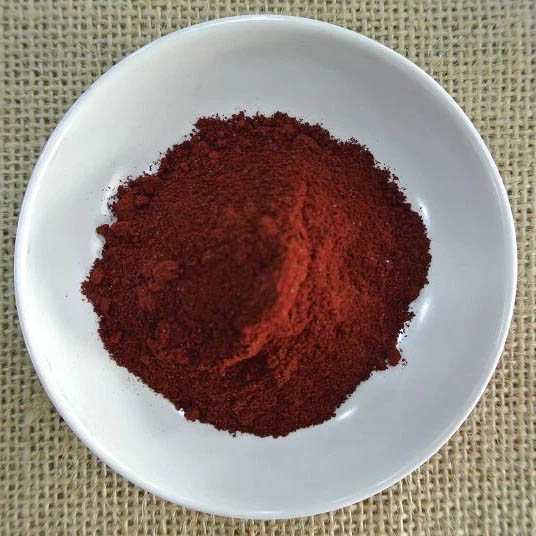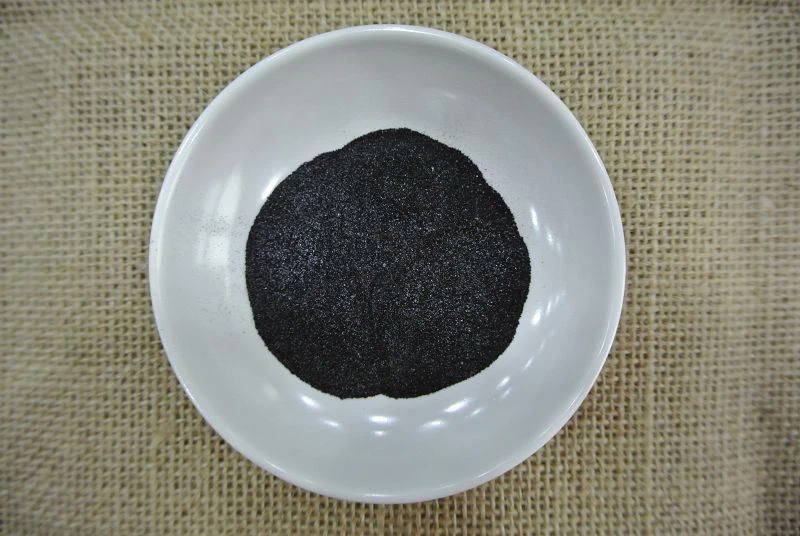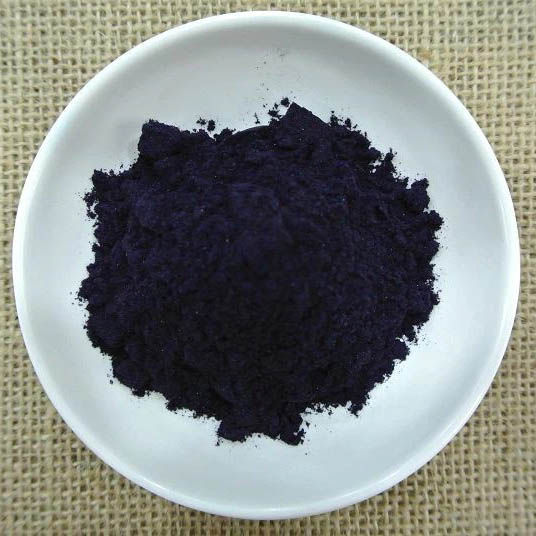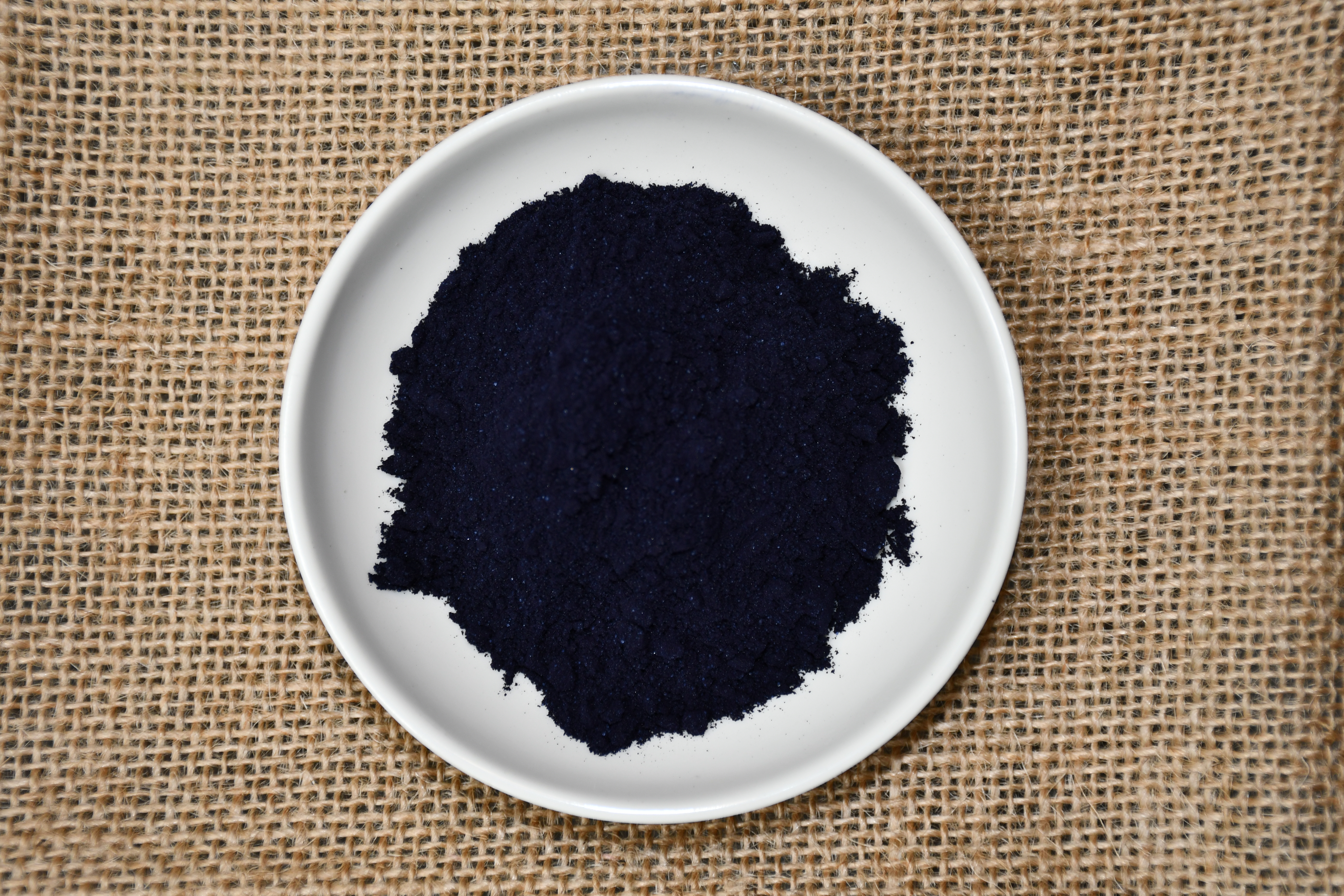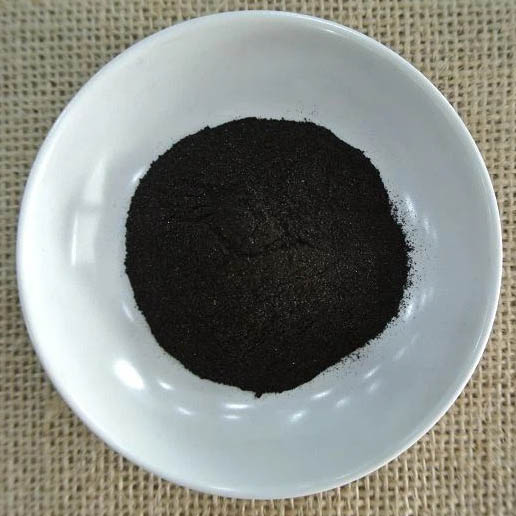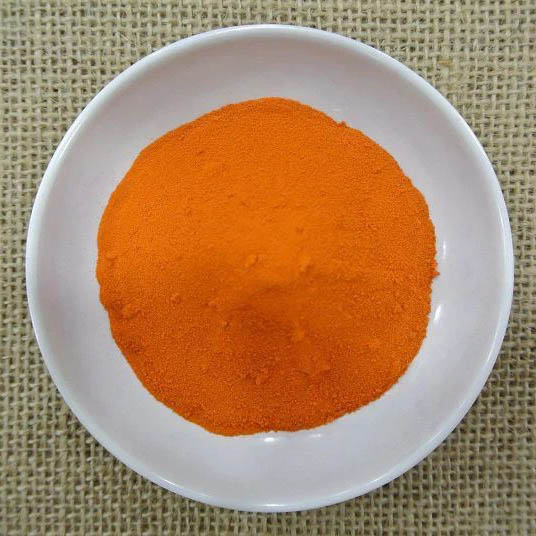Congo Red Dyes Direct Red 28 For Cotton Or Viscose Fibre Dyeing
Direct Red 28, also known as Direct Red 4BE or Direct Congo Red 4BE! This particular dye, commonly known as Congo Red Dye Direct Red 28, was developed for dyeing cotton or viscose.
Direct Red 28 is a high quality dye that provides vibrant and long lasting colours, making it ideal for dyeing textiles. With its excellent color fastness, the color stays intact even after multiple washes, ensuring your garments retain their original beauty for a long time.
Parameters
| Produce Name | Direct Red 4BE |
| CAS NO. | 573-58-0 |
| C.I. NO. | Direct Red 28 |
| STANDARD | 100% |
| BRAND | SUNRISE CHEM |
Features
Our Direct Red 28, also known as Direct Red 4BE or Direct Congo Red 4BE, stands out for both quality and performance. It not only guarantees excellent color fastness and vibrancy, but also maintains the integrity of the fabric, ensuring longevity and durability. Furthermore, its compatibility with cotton and viscose opens up endless possibilities for creative designs and applications.
Application
Direct Red 28 has good compatibility with all types of fibers, especially cotton and viscose. This versatility allows for a wide range of applications, making it a suitable choice for the apparel and home textile industries. Whether you are dyeing t-shirts, towels, sheets or any other cotton or viscose fabric, Direct Red 28 guarantees excellent results.
The dyeing process itself with Direct Red 28 is simple and efficient. It can be used in both batch and continuous dyeing methods, offering flexibility to accommodate different production setups. It has an excellent affinity for cotton and viscose, ensuring even and consistent dye penetration for consistent color distribution throughout the fabric.
Furthermore, the use of Direct Red 28 ensures an environmentally friendly dyeing process. The dye is free of hazardous substances and complies with international environmental standards, promoting sustainable and responsible manufacturing practices. It is also easy to handle and requires minimal water and energy consumption during the dyeing process, helping to reduce the ecological impact.






